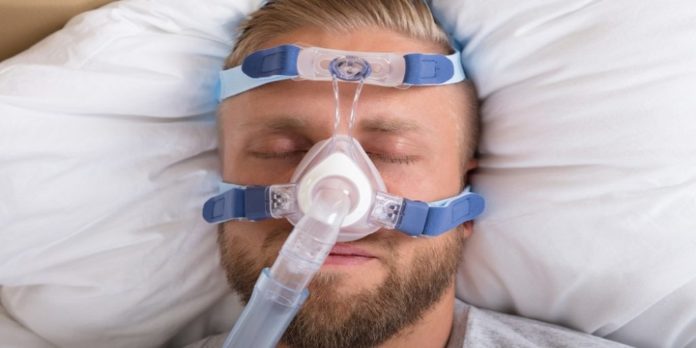Moving outdoor air inside a room is called ventilation. That is at least a basic definition of the term. You could say that it is the intentional supply of normal outdoor air into space while removing stale air.
The purpose of ventilation is to bring in fresh, healthy air for diluting anything that is polluting the air and for better breathing of the occupants. Click here for more CPAP ventilation information.
The Complete Guide on Ventilation Elements
For buildings, the ventilation elements are as follows.
· The Ventilation Rate
This refers to the amount of air that is supplied to the room from outside. This also refers to the quality of this air from outside.
· Airflow Pattern
This is referring to the manner with which the air is distributed and delivered to different parts of the space as well as the manner with which the air pollutants in the room are dissipated.
· The Airflow Direction
This refers to the airflow into space.it is supposed to be from clean zone to dirty zone.
While considering the ventilation elements, there are different methods of ventilation regarding a building.
Methods Of Ventilation
· Natural Ventilation
This is ventilation that is accomplished by natural forces. This can be caused by winds, thermal buoyancy that happens due to air density differences between the outdoor and indoor.
This natural force pushes air through enveloped openings and purpose-built openings like doors and windows. This ventilation method is dependent on climate, human behavior, and design.
· Mechanical Ventilation
Mechanical ventilation is driven by mechanical fans. The fans are either installed in walls, windows, or air ducts used in supplying air into the room.
There are two types of mechanical ventilation. Positive pressure system and negative pressure system.
A positive pressure system entails that the room is in positive pressure and that there is leakage of air through some form of openings
A negative pressure system entails that there is a force sucking the air in the room from outside and that there is negative pressure in the room.
In a balanced mechanical system, the pressure in the room is maintained by a little of either positive or negative mechanical pressure.
· Mix-Mode or Hybrid Ventilation
This method of ventilation is dependent on natural ventilation to create the desired flow rate. Its reliance changes to mechanical ventilation when the flow rate for natural ventilation is low.
How Does CPAP Ventilation Work?
The CPAP machine is designed to force compressed air continuously at a fixed pressure into the patient. This forced entry is usually done through the nose and mouth.
The process starts when the patient opens his or her glottis for inhalation, the CPAP forces the pressured air through the airway, and forcing it open.
When the glottis is left open, the patient can now pull in an additional volume of air in whatever quantity is required.
As the patient exhales, the pressure from the lungs pushes the already pressured air back. This push continues until there is equal pressure between them.
Keeping the airway open at this point of exhalation would require that the exhalation pressure is equal to the pressure from the machine.
Conclusion
The understanding of ventilation has made it possible to make a machine that can efficiently provide pressured air in the right proportion to sleep apnea patients.










